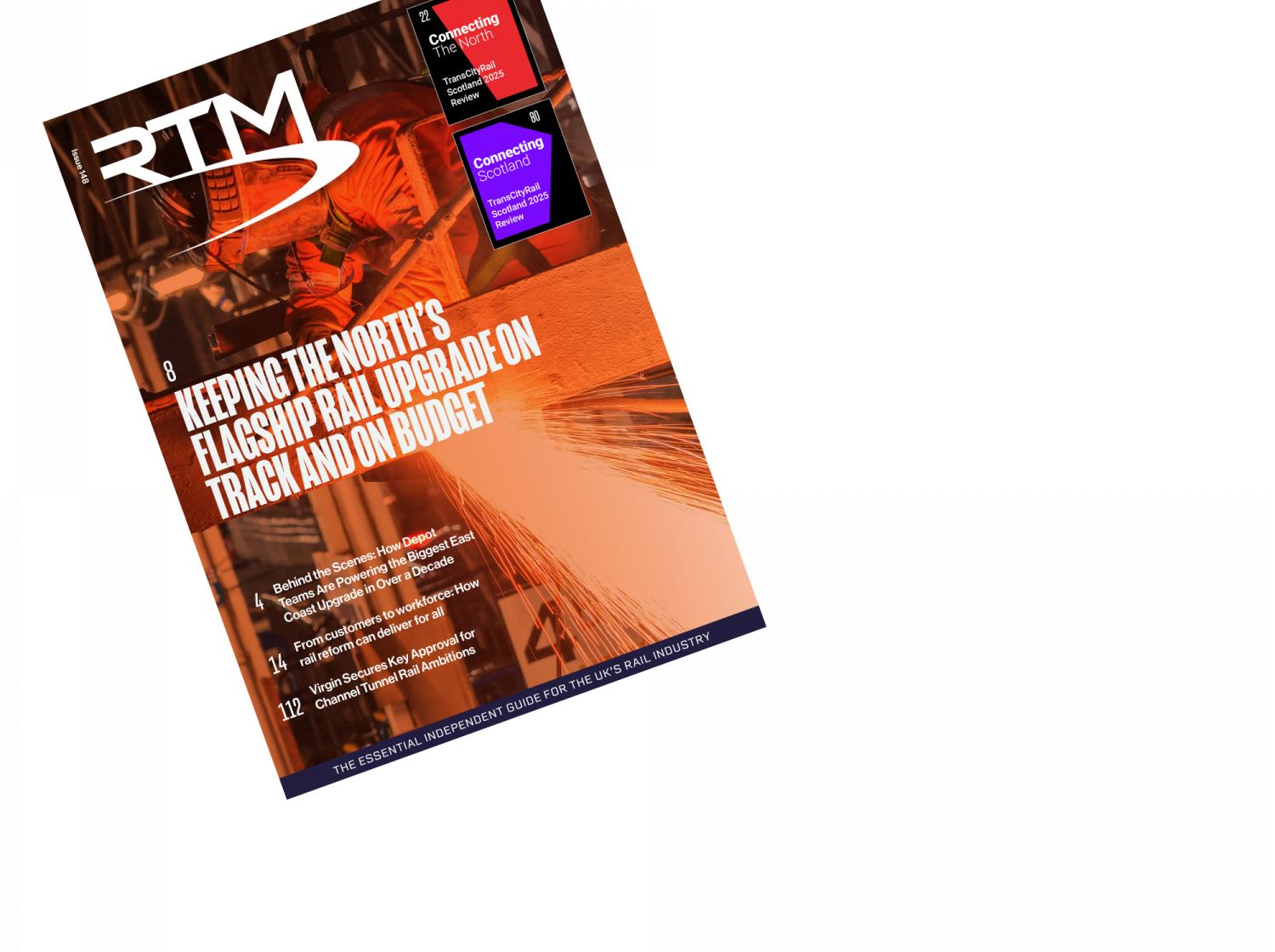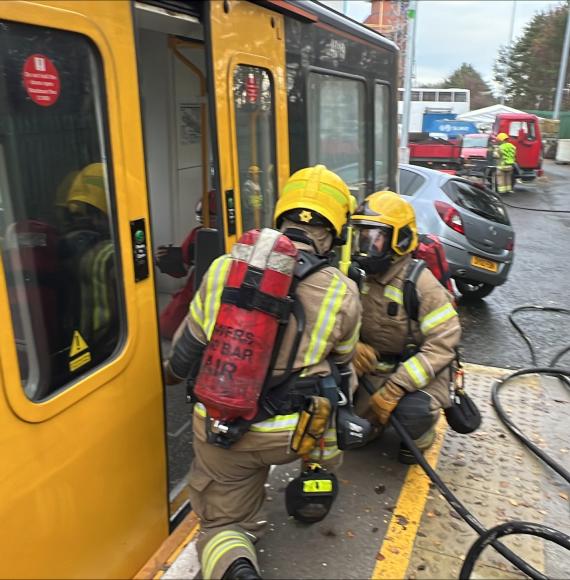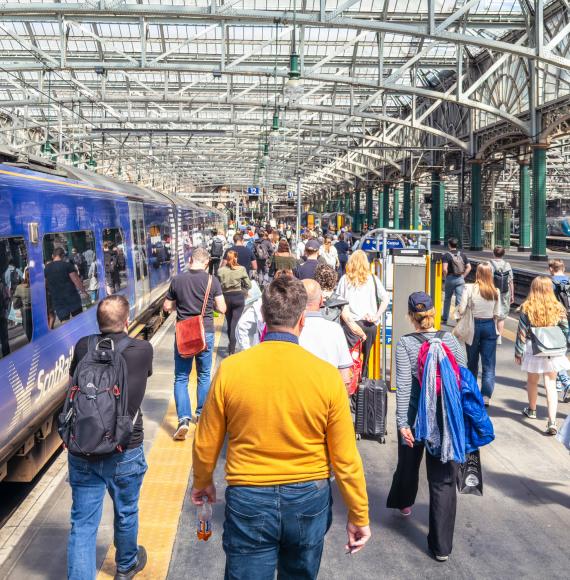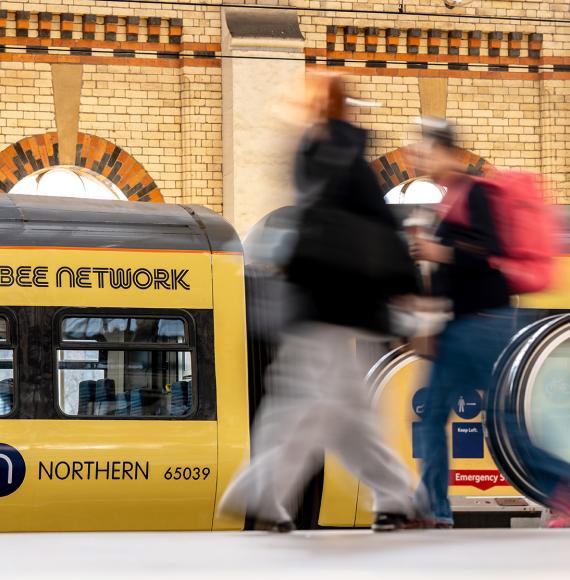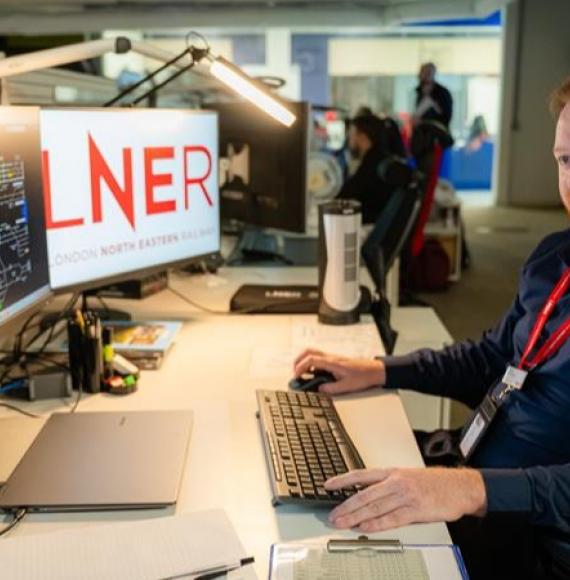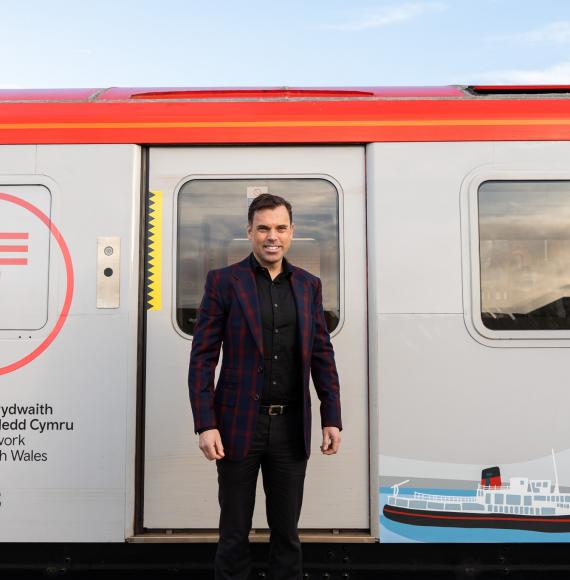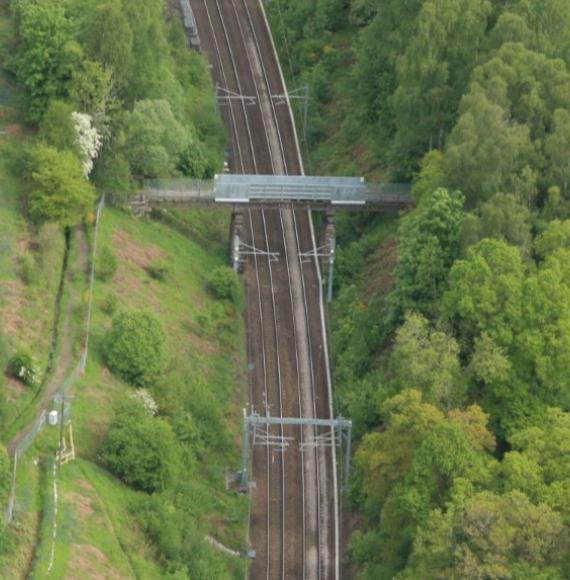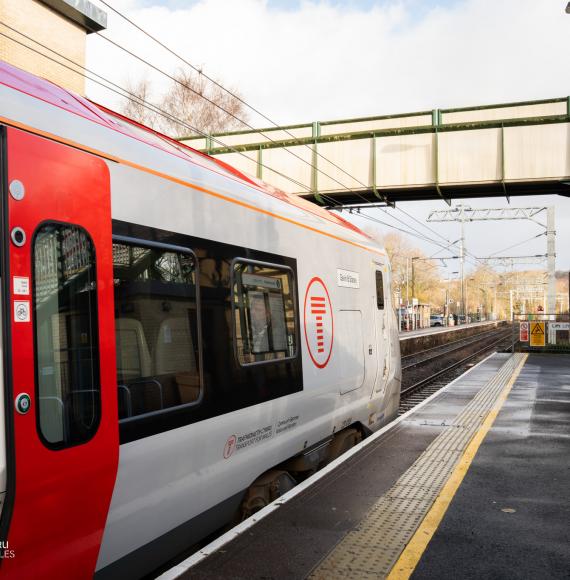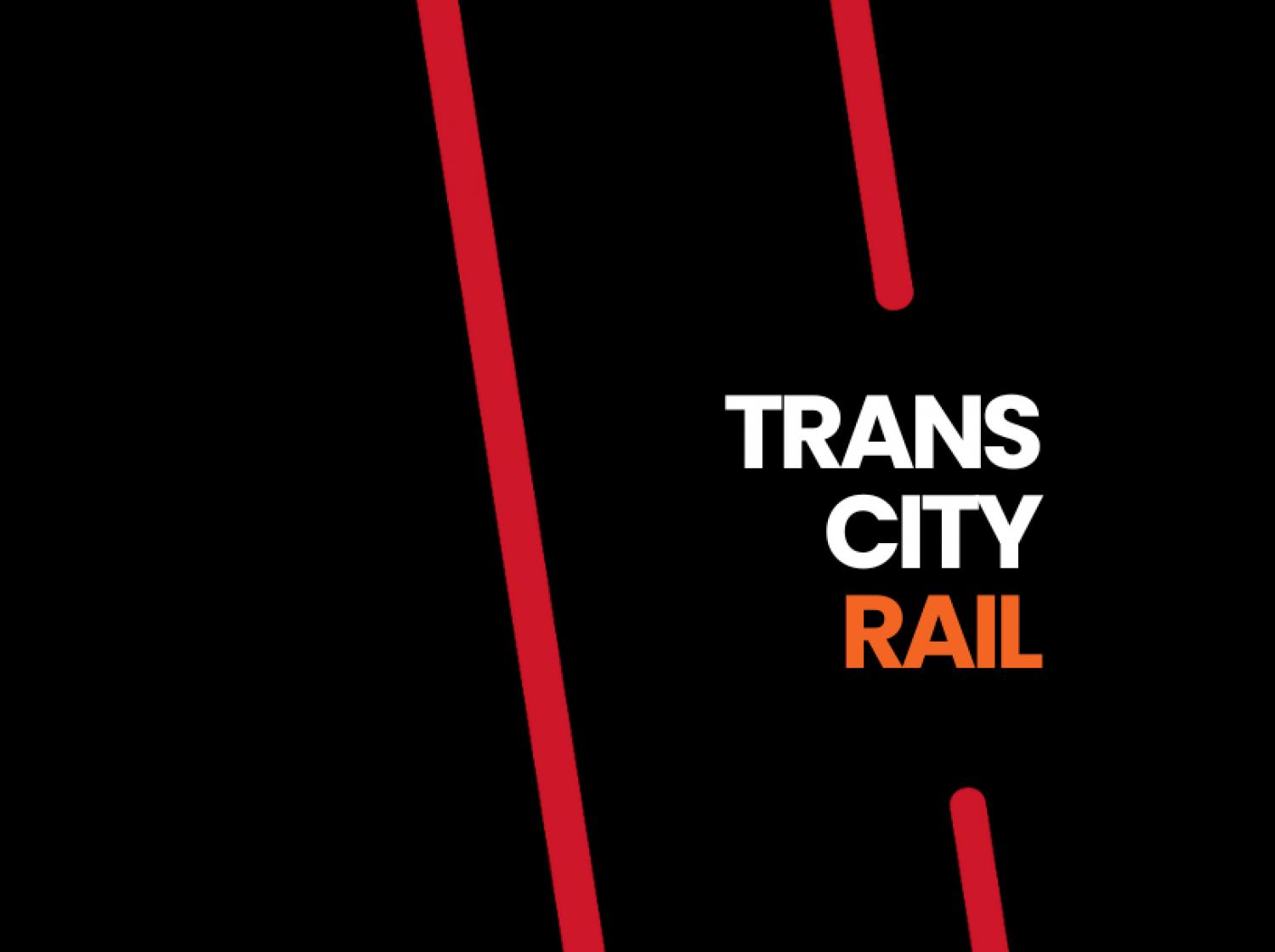Railway stations can form a huge part of local communities throughout the UK and have huge potential to help regenerate villages, towns and cities up and down the country.
Whether it be complete station renovation or accessibility work, many reformative projects have been undertaken over the past few years.
At the recent TCR Midlands event, leaders from across the rail industry were keen to point out the importance of upgrading stations and making them a greater part of the community.
In many ways ScotRail has led the way in this area with their work on stations in Scotland.
A large amount of investment has gone into community-led projects to develop stations in Scotland.
The three greatest examples of this can be seen at Stow, Saltcoats and Kilmarnock stations.
At Stow, work was completed on a new community space, bistro and cycle hub in May 2021.
This community-led project was organised by local community group Stow Community Trust, and this £850k project saw the conversion of a former derelict building at the station into a space that can serve the whole community. The work at Stow has not gone unnoticed either, as it recently won a National Rail Heritage Award in 2021.
Meanwhile at Saltcoats station a new multi-functional training station and community centre was opened in October 2021.
This £525k community-led project transformed a previously underused space at the station and was led by a local karate club.
The karate club worked with ScotRail, the Scottish Government, the Railway Heritage Trust, Sport Scotland and North Ayrshire Council to secure the necessary funding needed to complete the project.
This project shows how underused facilities at stations can be transformed into spaces that benefit the whole community.
Kilmarnock is also a fine example of this as Kilmarnock Station Railway Heritage Trust helped transform the station as part of a £740k project.
The project won numerous community and heritage awards and introduced a new café, library, learning space, training kitchen and wider support facilities to the station.
James Ledgerwood, ScotRail Head of Economic & Community Development spoke on the importance of working on pre-existing buildings at stations as a way of attracting people to the railways.
Mr Ledgerwood commented: “The railway has a really rich heritage with many historical buildings and many features on buildings in the railway that don't feature in any other buildings.
“It's really important that in terms of the physical environment, we try to maintain, protect and promote that and actually use it as a way of promoting what the railway can do.
“So rather than having old buildings fall into disrepair which then cost us money to maintain, if we can find other uses that are sustainable then in fact, we can reduce costs and promote the physical environment.”
But there is also a wider environmental aspect to consider.
By renovating pre-existing buildings at stations not only does this maintain some of the period features that the rail network has to offer, but it can also help reduce the carbon emissions that could be produced when constructing new buildings on pre-existing sites.
Also, with rail already being one of the most environmentally friendly modes of travel its important that provisions are made to make stations accessible by foot and to cyclists.
Speaking on this point Mr Ledgerwood remarked: “When we're talking about trying to attract people that first and last mile, how do we make the stations more appealing?
“We need to provide facilities for people to be able to walk to stations. We need to provide facilities for cyclists.
“So quite often, what we're finding in the community-based projects is what they are thinking about is can we place greater emphasis on cycling [to stations]? Can we put cycle maintenance in here so that we can encourage people along the lines of active travel?
“Ultimately, if we can get people using the building and using it for a positive purpose, then it cuts down on maintenance and general operating costs.”
Despite the successes of the projects at Stow, Saltcoats and Kilmarnock, ScotRail are keen to continue with this work across the Scottish rail network.
Mr Ledgerwood elaborated on what’s next in the pipeline for ScotRail explaining: “We have a fundamental desire to build on what we feel has been a huge success in the last few years.
“We've recently prepared a draft heritage strategy. We feel that it's really, really important in response to the Scottish Government policy that we clearly set out what our ambitions are for protecting our heritage assets.
“We will fundamentally be looking to deliver a rebranded regeneration heritage scheme from 1st April, using the work that we've been doing in other areas, and beginning to promote that.
“There are some real interesting ideas about different stations that are being put forward.
“So we've already got some ideas about the next stages, and as we move from the current franchise into ScotRail trains we want to keep that momentum going. That's the key thing.”
Overall, the work of ScotRail shows the potential stations, and the buildings in and around them, have in becoming community hubs.
As we look to work towards net-zero targets it is also essential that the rail industry does all it can to attract more and more passengers to the rail network by integrating stations as a bigger part of the communities they serve.



